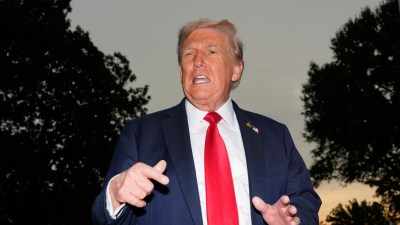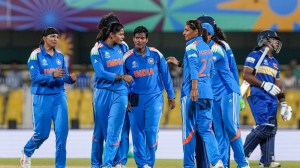Real subsidy bill is Rs 1,15,824 cr, still misses the mark
With the country’s biggest accounting exercise around the corner, the Finance Minister will have to think of ways to slash some staple ...

With the country’s biggest accounting exercise around the corner, the Finance Minister will have to think of ways to slash some staple but meaningless subsidies—if he follows the recommendations of a study that he personally commissioned.
During his Budget speech last year, Finance Minister P Chidambaram had told Parliament that ‘‘all subsidies will need to be targeted at the poor and the truly needy’’. He had gone on to add: ‘‘I have asked the National Institute of Public Finance and Policy (NIPFP) to prepare a blueprint to accomplish these objectives.’’
The NIPFP study, which is obviously weighing on Chidambaram’s mind—he referred to it earlier this week—confirms what many have always suspected: Not only are Central government subsidies more than twice as large as generally acknowledged but they also go largely to sectors that have no business being on the government’s priority list.
The report also makes a case for relooking petroleum, food and fertiliser subsidies, the three biggest guzzlers of government assistance.
The study says that the subsidy spelt out in Budget 2002-03 was Rs 45,189 crore while in Budget 2003-04 it was Rs 46,869 crore—with food, fertiliser and petroleum subsidies accounting for 95 per cent of this figure. But a bigger number has been glossed over. If the government provides goods and services, but does not recover the cost, then it is really giving a subsidy. The study shows that by this yardstick the real Central government subsidy in 2002-03 was Rs 1,04,913 crore while in 2003-04 it was Rs 1,15,824 crore. That works out to 44 per cent of the revenue receipts.
And where is all this assistance going? Unfortunately, not to the sectors that should be at the top of the government’s priority list.
The study has reasoned that at the core of the government’s targets should be sectors like elementary education, primary health-care, disease control, nutrition, soil and water conservation and environment. It classifies these as Merit I services and says they should get priority in subsidies. Unfortunately, only Rs 6,775 crore of subsidies went to this sector in 2003-04. The next in the pecking order for subsidies should be important but less critical sectors such as sports and youth services, urban development, agricultural research, rural development programmes, small industries, oceanographic research etc.
These are classified as Merit II services. But clearly, in 2003-4, they got far more of the subsidy pie, snagging as much as Rs 41,799 crore.
All other sectors as classified ‘Non-Merit’. Since food, petroleum and fertilisers are not mentioned in the ‘‘merit’’ categories, they obviously fall in this class. As things stand, the ‘Non-Merit’ category got the most subsidy — Rs 67,250 crore in 2003-04. The Finance Ministry is aware of the problem. So is the PMO, since Prime Minister Manmohan Singh pointedly mentioned yesterday that the Department of Economic Affairs had been asked to formulate a national policy on subsidies which would identify target groups, subsidy norms and an ‘‘exit policy for subsidies which are inconsistent with the policy.’’ Budget 2005-06 will show if the first steps in this direction are being taken.



- 01
- 02
- 03
- 04
- 05



























